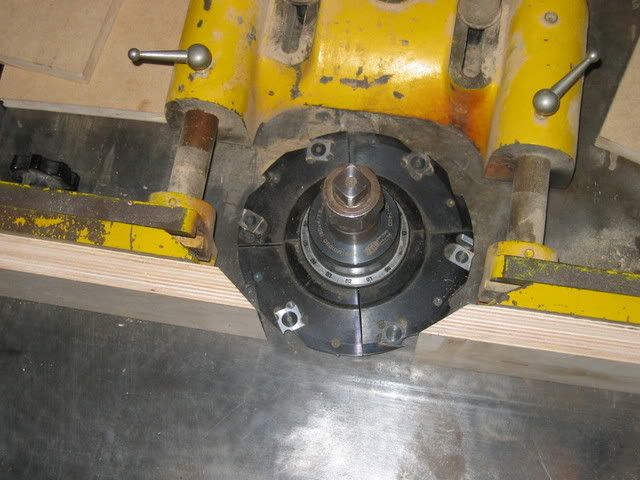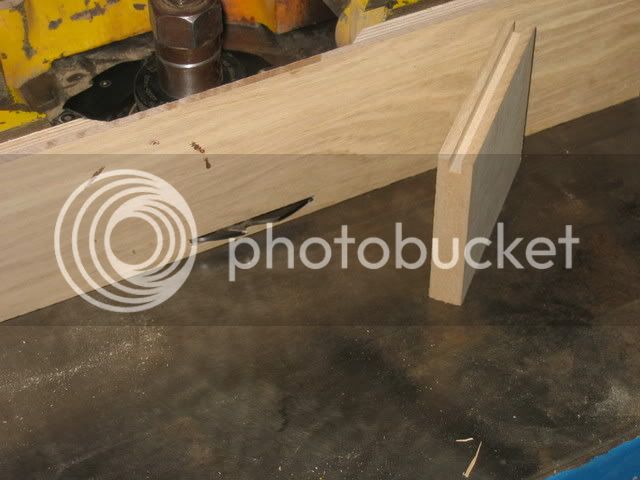RogerS
Established Member
I've bought a set of these traditional window frame cutters and limiters from Axminster.
Their catalogue makes no reference nor can their tech support offer any recommendations as to the maximum spindle speed or is it limited by the cutter block?
On a separate topic, how do limiters actually work?
Their catalogue makes no reference nor can their tech support offer any recommendations as to the maximum spindle speed or is it limited by the cutter block?
On a separate topic, how do limiters actually work?






